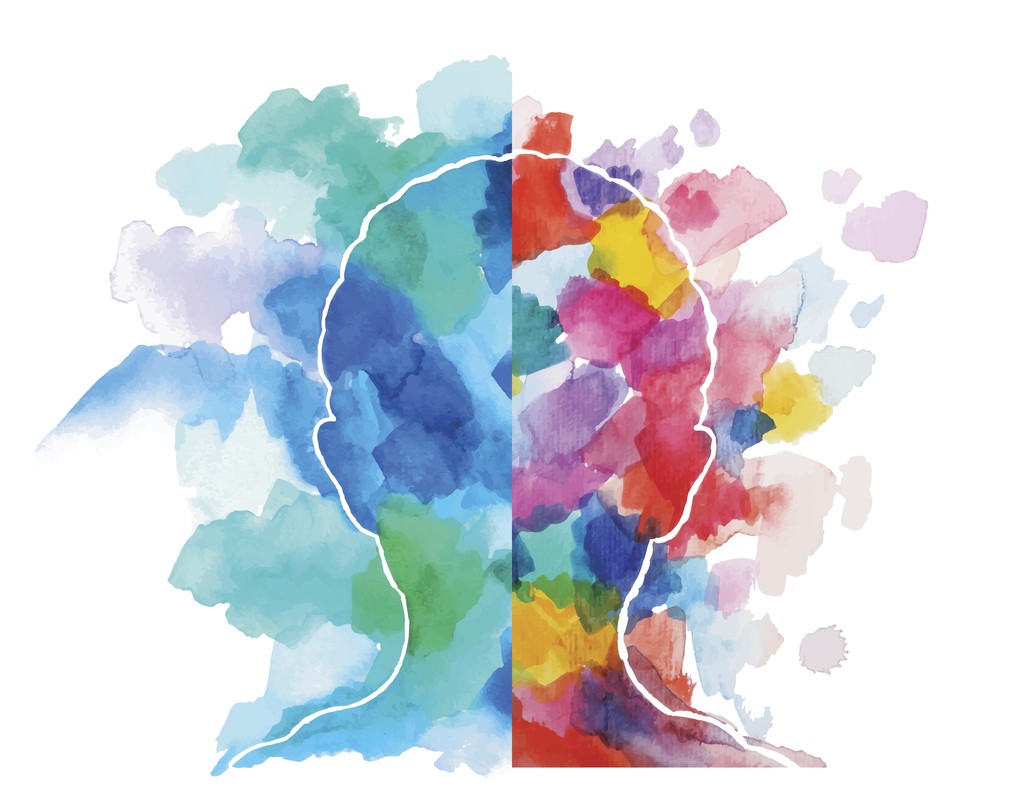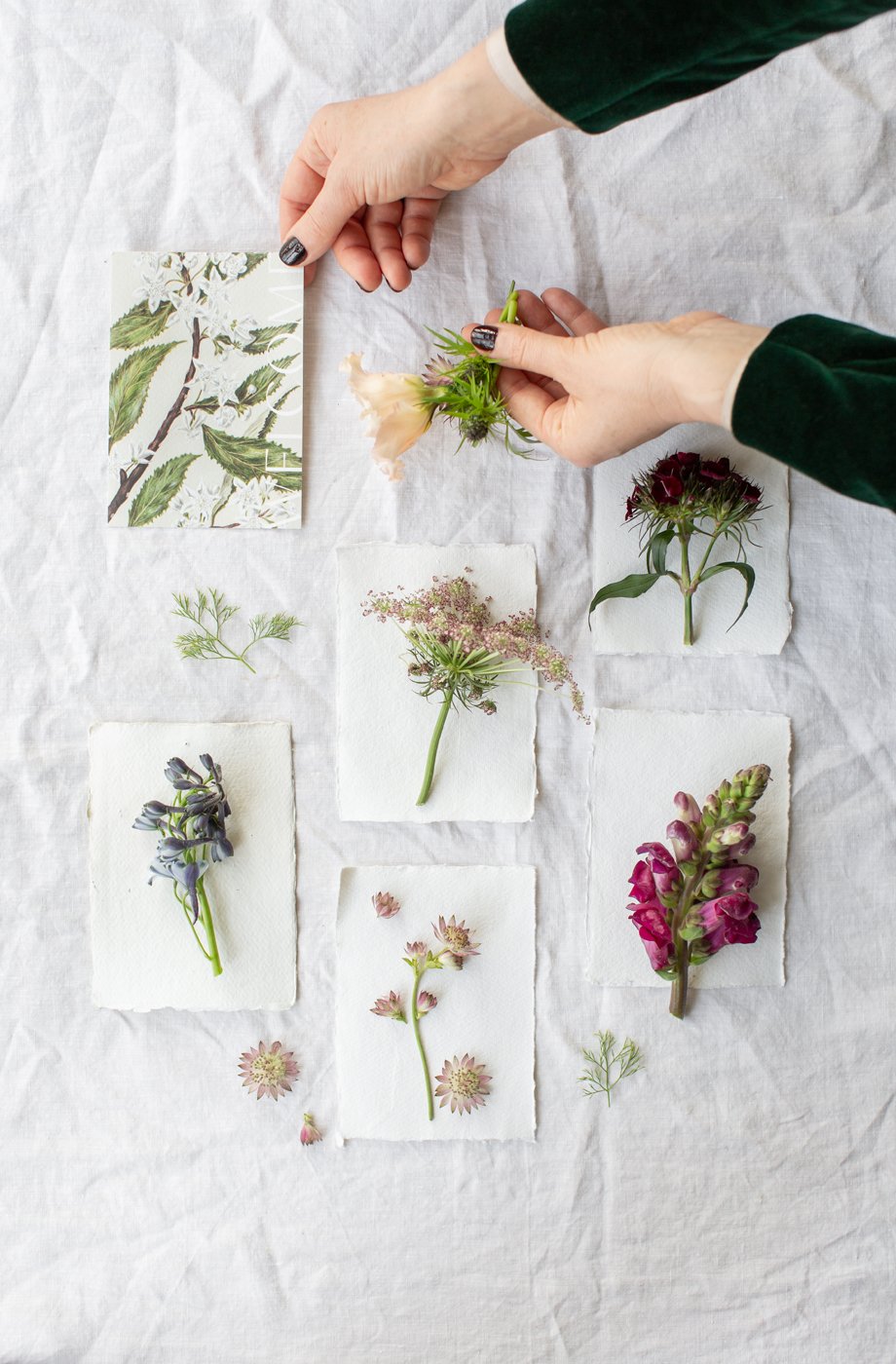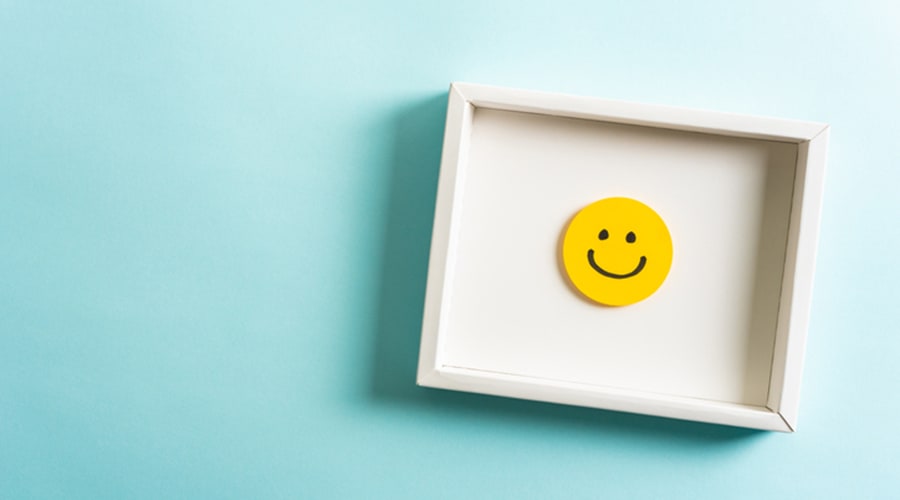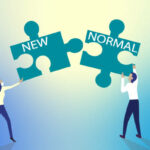Colors influence our taste
Did you know food color can increase our appetite and impact our taste? Orange is known to increase appetite and is often used for food packages and in fast-food restaurants. Blue triggers disgust and loss of appetite because there are no natural foods in (bright) blue. These implicit color expectations may alter how we respond to food or beverages.
For example, Nestle recently launched a Matcha Green Tea flavored version of the KitKat chocolate bar in Europe. Green is not usually a color associated with chocolate, dessert, and sweetness. Instead, if a (dairy) product turns green it indicates that it turned bad. Therefore, this color association might keep some Europeans from trying and enjoying this version of the chocolate bar.
Colors of clothes influence how we perceive people
The color of a person’s clothes influences which attributes and characteristics we link to her. It can be culturally biased through historic events or political groups, but that depends on the context.
Often, black is related to power, strength, and authority. Think of black doctorate robes (intellectual power) or a black belt in karate (physical and mental strength). However, sports teams whose uniforms are black receive more penalties, and the players are associated with negative qualities such as aggression.
Color influences the perception of temperature
Whether you are feeling warm or cold can depend on the color tone of your environment. In a room painted in a warm color temperature will feel higher than the same temperature in a cool-colored room.
If you think of temperature-related associations with these colors, this is not surprising. Blue represents winter, ice, water, freshness, rain, and wind, and your lips turn blue when you’re cold. Warm colors like red or yellow produce images like fire, sun, and summer in your mind. There are not called ‘warm’ and ‘cool’ colors for nothing.
Colors influence our decisions
The color of your product can be the reason for a customer to buy it. Colors excite emotions in people. The effects of color often go through emotions. Our brain relies highly on emotions and feelings when making a decision.
The use of warm colors in your campaigns or logo generally evokes trust and a positive attitude toward your brand. As a consequence, it leads to loyalty and increases purchasing intentions.
Colors influence our performance
Another study assessed the effect of colors on performance. Students who had to wait in a red-painted room before taking an exam showed significantly lower test results.
The same pattern of impaired performance caused by literally seeing red is present in sports games and competitions. In a study, teams that faced opponents wearing a red outfits lost more often than when the opponents were wearing blue.
Warm colors such as red and orange seem to activate the survival mode, increasing speed and force but decreasing patience and creativity.
Cool colors like blue seem to have opposing calming effects. They are relaxing and enhance creativity. Installing blue-colored lights in train stations or streets can even reduce the crime rate.
Colors influence the perception of time
Red initializes a survival reaction to cope with potential danger. The perception of time in those situations shifts. Remember a situation in which you were nervous and cautious; the time just felt endless. Evolutionary, allows you to pay attention to greater detail and act more precisely in this moment of danger. Thus, our ancestors were aware enough to grab the spade to protect themselves from the tiger just in time.
Colors influence us physiologically
Color does not only affect our psychological and emotional state but also our body. Consistent with psychologically preparing for danger, red is known to heighten physiological alertness. It activates our nervous system and thus increases the heart rate and the amount of adrenaline circulating in our bloodstream. This fight-or-flight response enables us to react faster.
Also, the previously mentioned relaxing effect of cool colors like blue and green leads to physiological changes. They calm the body, and for example, reduce respiration and lower blood pressure. Therefore, surgeons often dress in green or blue.
The effects of colors on behavior go even further. The color of a medical drug seems to have an impact on its effectiveness. Red, yellow and orange pills are associated with stimulating effects; blue, green, and purple with relaxing, or even numbing effects.
A study investigated the impact of color on the placebo effect. All participants believed that they were given stimulating drugs, even though they all got placebos. One group got warm-colored pills, and the other group got cool-colored ones. The findings showed that the placebo effect was stronger in people receiving pills of warm colors than in those who received cool-colored ones.
Conclusion
Different colors have different affect on person’s mood just like warm colors evoke feelings of happiness, optimism, and energy. Cool colors create a sense of peace and relaxation. The brighter and lighter color will make you feel happy and hopeful. Black, white, brown, and beige provide the basic neutrals. Color can play an important role in giving information to human, creating different kinds of moods, and even influencing the decisions people make. Color affect person’s emotions, their memory, creativity, energy level. It also affects our taste, Colors of clothes influence how we perceive people, influence our decisions, our performance and influence us physiologically.
References
- https://neurofied.com/effects-of-color-on-behavior/









